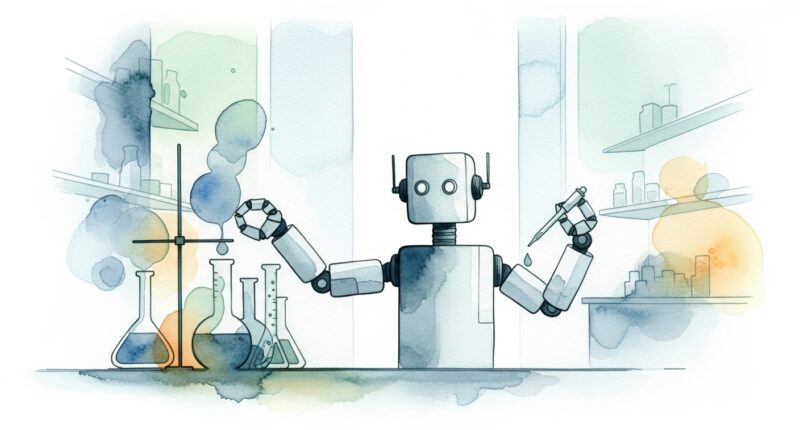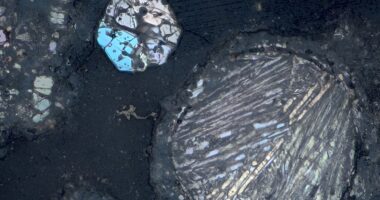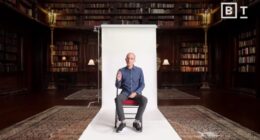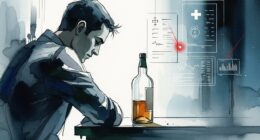Engineers at Duke University have built a group of AI bots, or an “agentic system,” capable of solving complex design problems nearly as well as a skilled human expert. Researchers say the system could soon automate niche design challenges, speeding up scientific advancement.
The research was published online this month in the journal ACS Photonics. The system was designed to tackle “ill-posed inverse design problems,” where researchers know their desired outcome but face an infinite number of potential solutions with no clear guidance.
“The idea was to create an ‘artificial scientist’ that could learn metamaterial physics and work out solutions on its own,” said Willie Padilla, the Dr. Paul Wang Distinguished Professor of Electrical and Computer Engineering at Duke.
The system consists of multiple large language models (LLMs) managed by an overarching LLM. Specific AI agents are programmed to handle individual tasks, such as organising data, writing a deep neural network from scratch, checking the work for accuracy, and running the final analysis.
Like a scientist’s intuition
“It will literally tell you if it is running into diminishing returns and needs to generate more data or if it’s happy with how the error rate is dropping and needs to continue iterating,” said Dary Lu, a PhD student in Padilla’s lab who led the project. “It’s similar to the intuition that a scientist needs to develop over time and was probably the hardest part to program.”
The “artificial scientist” was tested on metamaterial design problems previously solved by PhD students in Padilla’s lab. While the AI’s average performance did not beat the human experts, its best designs were “very close” and “comparable,” which researchers noted is the primary goal in this type of design work.
“Having AI systems that can conduct their own research and improve on their own methods will start making significant gains to push human knowledge,” said Padilla. “At large scales and on significantly faster timelines, these systems will soon be able to produce truly novel results.”











